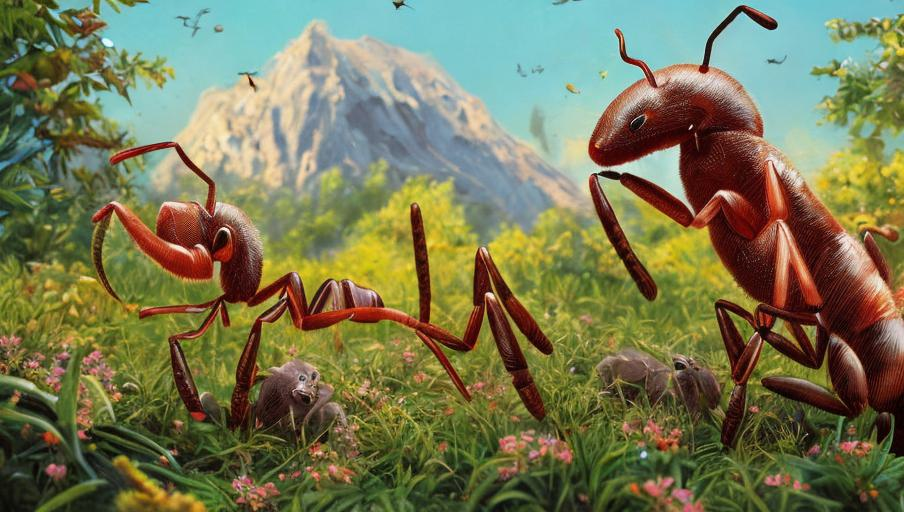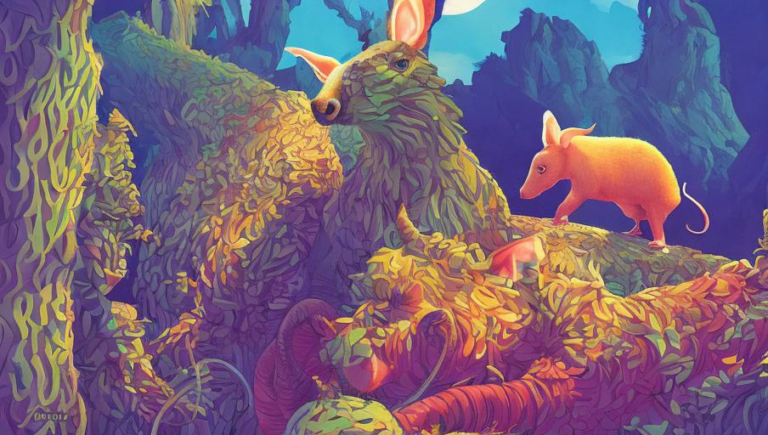A Comprehensive Guide to Ants

Introduction to Ants:
Ants are one of the most successful species on earth. They are found in nearly every environment, from deserts to rainforests to urban areas. There are over 12,000 known species of ants, and they can be found on every continent except Antarctica. Ants are social insects, living in large colonies with complex societies.
Physical Characteristics
Ants have an exoskeleton and can range in size from 0.75 to 52 millimeters. They are typically black, red, yellow, or brown in color. Ants have six legs, antennae, and powerful mandibles. The head of an ant is also larger and rounder than the rest of its body.
Behavior and Diet
Ants are highly organized and have complex communication systems. They communicate by leaving chemical trails and can even recognize the colony’s unique scent. Ants are omnivorous, meaning they will consume both plants and animals. They feed on flowers, small insects, and even other ants. They also collect and store food for the winter.
Reproduction and Lifespan
The queen ant lays eggs, which hatch into larvae. The larvae then pupate and emerge as adult ants. Most ants live for around one year, but the queen can live much longer, up to 15 years. Ants are also capable of reproducing without mating, through a process called parthenogenesis.
Benefits and Drawbacks of Ants
Ants are beneficial to their environment in many ways. They are important to soil health, aerating the soil with their tunnels and aiding in the decomposition of organic materials. They also control pest populations, as they are natural predators. On the other hand, ants can become pests themselves when they invade homes, damaging structures and contaminating food.
Conclusion
Ants are fascinating creatures that have been around since the time of the dinosaurs. They are incredibly resilient and adaptable, thriving in a variety of environments. While they can be both beneficial and harmful to humans, understanding their behavior and biology can help us to better coexist with them.





